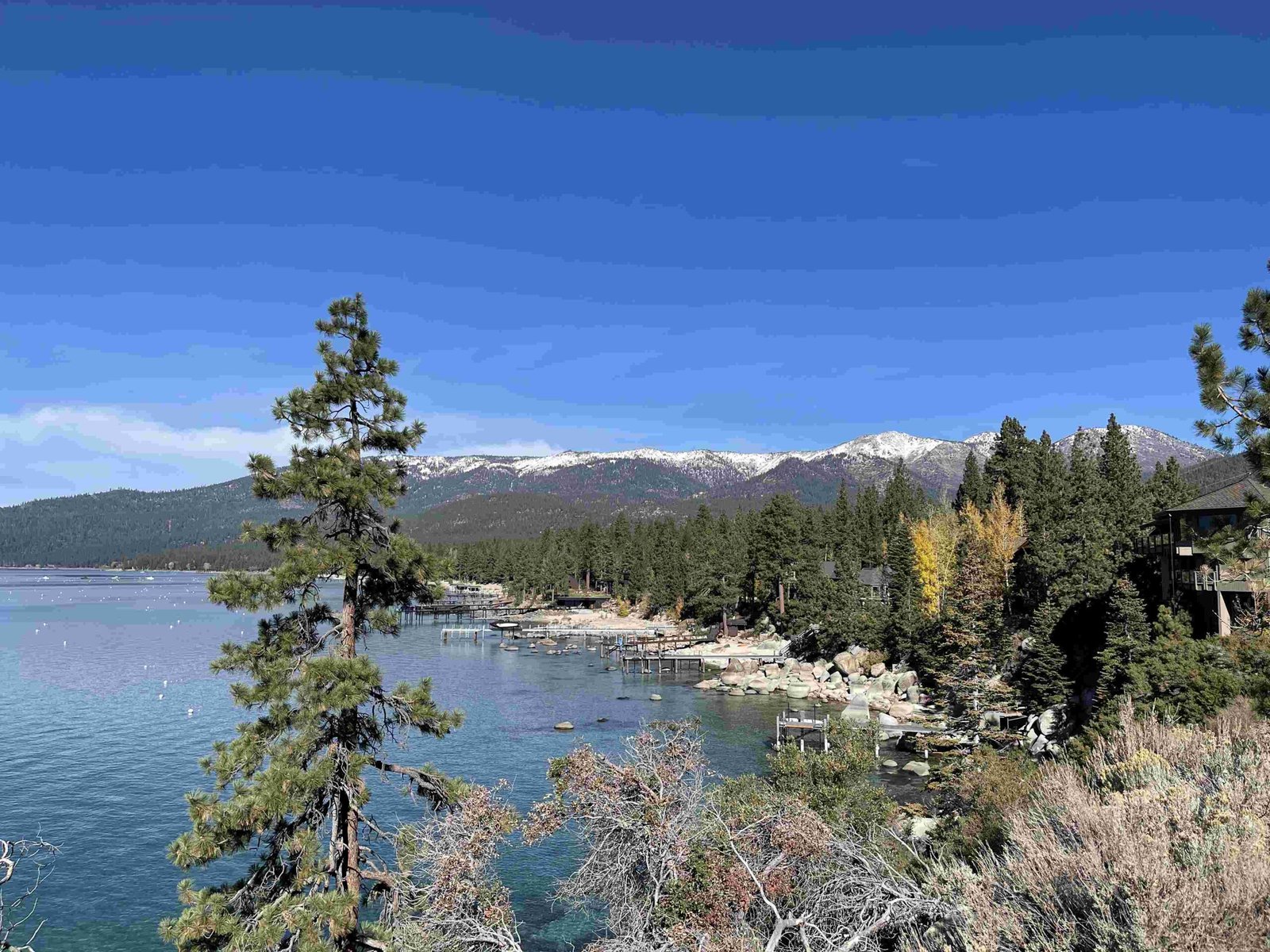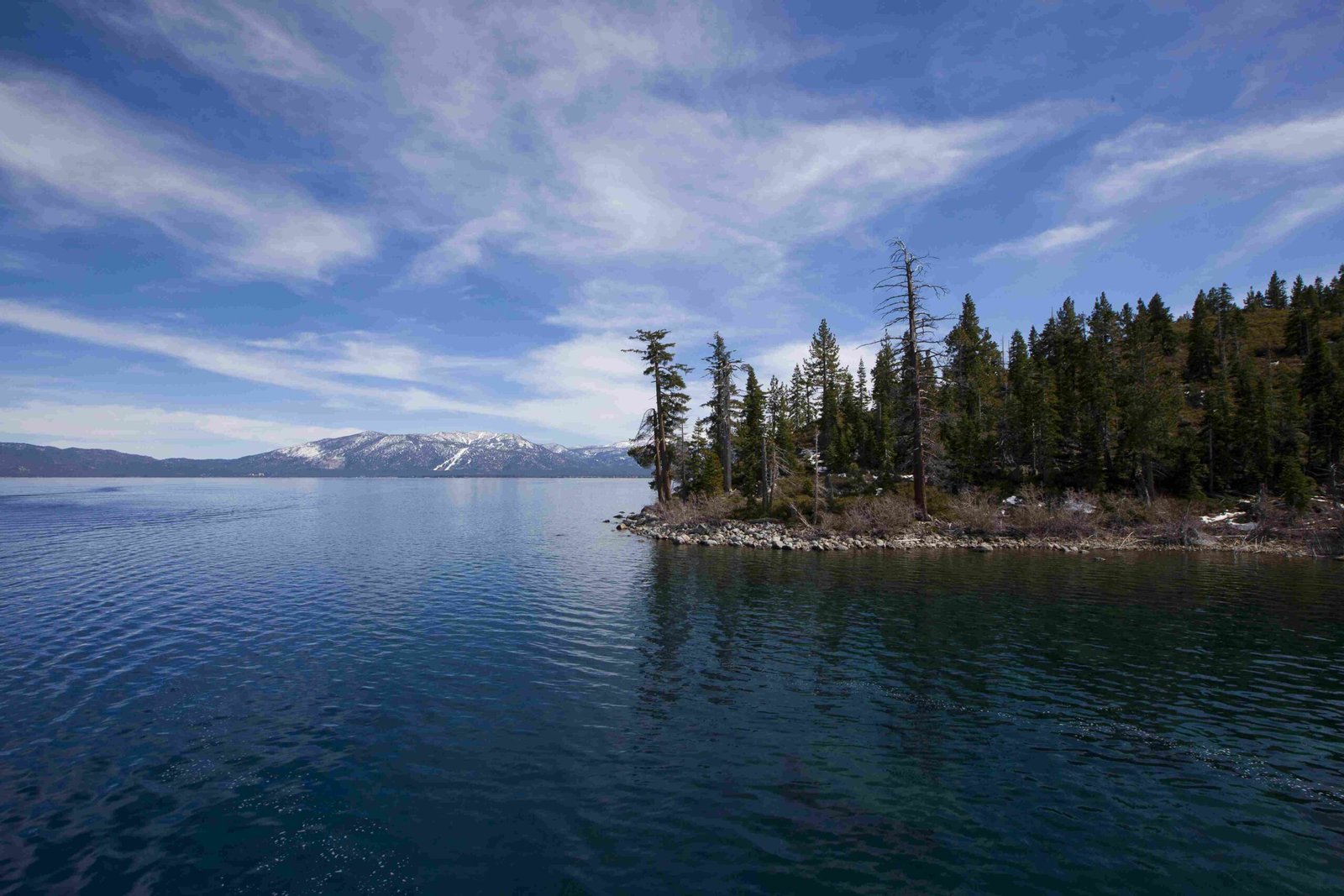Lake Tahoe vacation rental rules are intricate and vary across different jurisdictions, requiring property owners to navigate complex regulatory landscapes. Strict guidelines govern occupancy limits, noise restrictions, safety requirements, and permit processes. Owners must obtain specific permits, adhere to local ordinances, and ensure guest compliance to maintain their rental authorization, with potential fines and permit revocation for violations.
What Are the Primary Occupancy and Behavioral Restrictions?

Vacation rental properties in Lake Tahoe are subject to stringent occupancy and behavioral guidelines:
Occupancy Limitations
- Maximum occupants determined by property size
- Specific bedroom-to-occupant ratios
- Strict enforcement of maximum guest numbers
| Jurisdiction | Max Occupancy | Permit Required |
|---|---|---|
| South Lake Tahoe | Based on sq. footage | Yes |
| Placer County | Bedroom-dependent | Yes |
| Washoe County | Property-specific | Yes |
Noise and Behavior Regulations
Rental properties must comply with:
– Quiet hours between 10 PM and 8 AM
– Minimum $1,000 fine for noise violations
– Restrictions on outdoor activities after designated hours
– Mandatory guest behavior guidelines
How Do Rental Permits Work?

Application Process
Property owners must navigate a complex permit acquisition system:
- Obtain Transient Occupancy Tax (TOT) permit
- Secure Short-Term Rental Permit
- Acquire Business License
- Pass safety inspections
- Submit comprehensive documentation
Permit Limitations
- South Lake Tahoe: 1,400 VHR permits outside Tourist Core
- Placer County: 3,900 total permits
- Waitlist can extend up to two years
- First-come, first-served application process
What Safety Requirements Exist?
Mandatory Safety Provisions
Rental properties must demonstrate:
– Functional smoke detectors
– Carbon monoxide alarms
– Emergency contact information
– Bear-proof trash containers
– Clear evacuation instructions
Inspection Protocols
- Annual safety inspections required
- Professional verification of safety equipment
- Documentation submission mandatory
What Are Potential Compliance Consequences?
Violation Penalties
- First violation: Up to $1,000 fine
- Repeated infractions: Permit revocation
- Potential legal action
- Blacklisting from future rental permissions
Enforcement Mechanisms
- Active monitoring by local authorities
- Regular property inspections
- Community reporting systems
- Digital tracking of rental listings
How Can Property Owners Ensure Compliance?
Best Practices
- Stay updated on local ordinances
- Maintain detailed guest communication
- Implement clear house rules
- Use professional management services
- Regularly review permit requirements
Recommended Documentation
- Comprehensive rental agreement
- Safety instruction manual
- Local regulation summary
- Emergency contact information
Additional Considerations
Wildlife and Environmental Protection
- Mandatory bear-proof storage
- Waste disposal guidelines
- Ecological preservation requirements
Parking and Vehicle Restrictions
- Limited street parking
- Maximum vehicle occupancy
- Designated parking areas
Financial Implications
Cost Breakdown
- Permit fees: $200-$500 annually
- Safety inspection costs: $100-$300
- Potential violation fines: Up to $1,000
Technological Solutions
Modern Compliance Tools
- Digital permit management platforms
- Automated rule communication systems
- Real-time regulatory updates
Reference:
– https://www.vacationrentalassistance.com/lake-tahoe-short-term-rental-restrictions/
– https://invitedhome.com/vacation-rental-owner-articles/how-to-avoid-losing-your-south-lake-tahoe-vacation-rental-permit
– https://www.mgvacationrentals.com/short-term-rental-permit-guide-lake-tahoe-truckee

